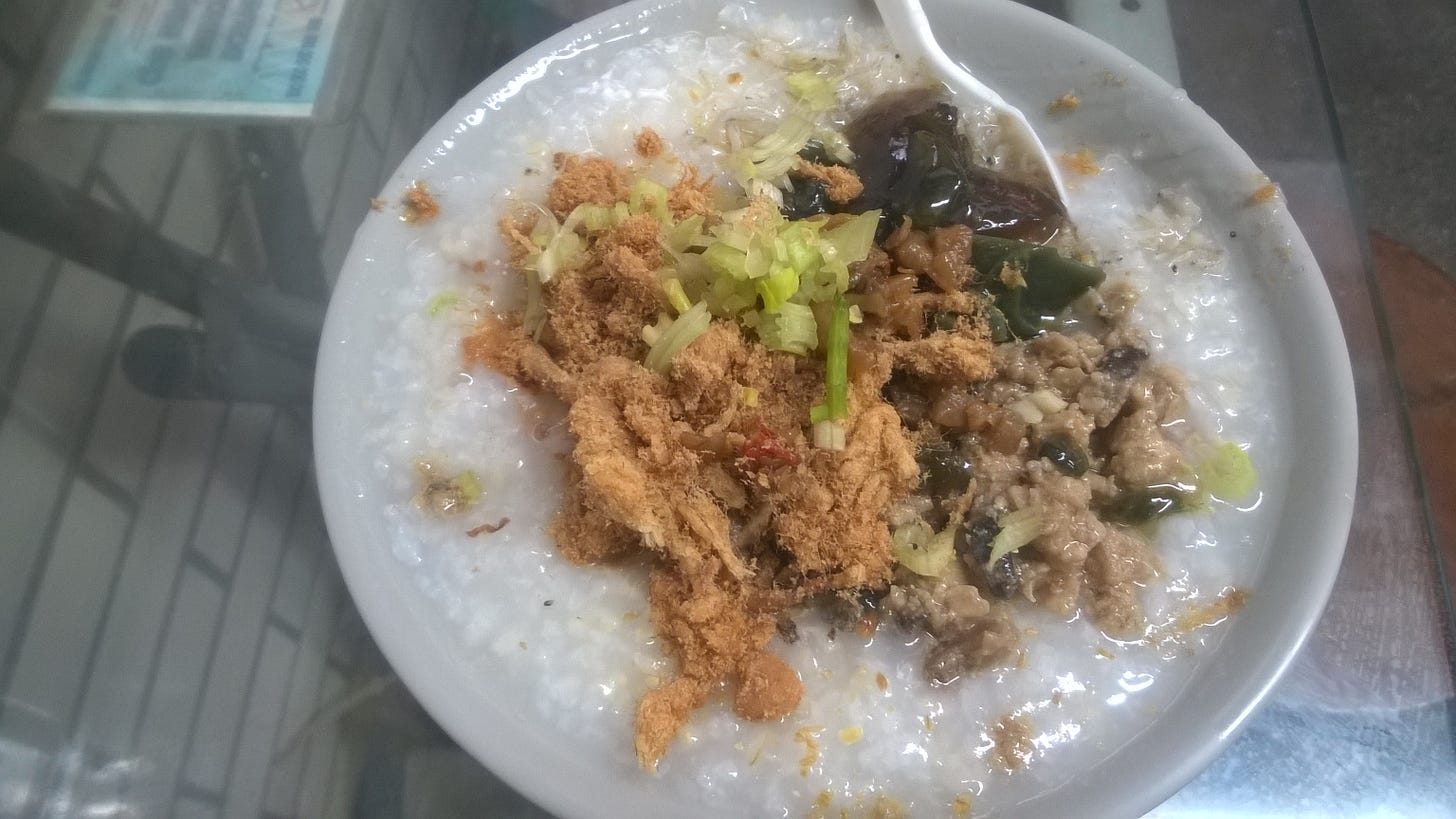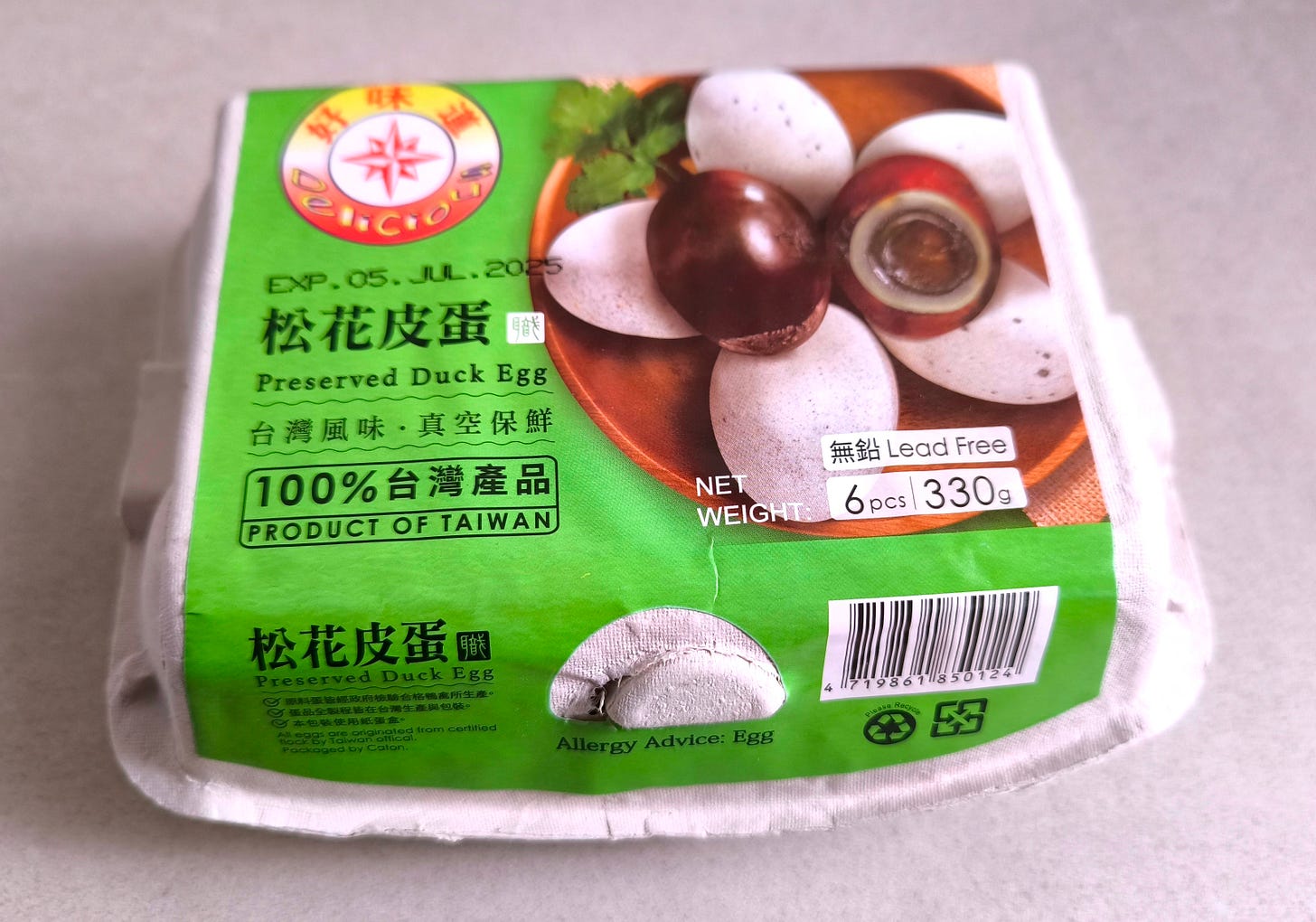With the cold Autumn mornings settling in, I find myself shifting towards making warm Chinese breakfasts when time allows. There are a lot of Chinese dishes I would call comfort food. If the definition of comfort food is - food that nourishes the soul with a hug (even when you are sick) and evokes nostalgia, then I’m going to have to hand it to one humble meal - congee.
Growing up, whenever we were sick – whether it was a sore throat, a cold, unsettled stomach or food poisoning – my parents would make a pot of plain congee with a sprinkle of salt and a generous knob of ginger. To Chinese parents, ginger is the ultimate fix-it-all elixir, so it goes in everything when you’re sick.
I can still hear my mum’s voice – “Ginger is good for you, it will warm up your body and fix that cold”.
The congee soothed sore throats, warmed the body from the inside, and was also easy to digest. Simply put, it was comforting.
At one point in life, I thought congee was simply food for when we were sick. But of course, there’s more to congee. Congee is a humble breakfast staple especially among Cantonese families, but really it’s a dish that transcends regions and generations across Asia. For so many, it’s a blank canvas for regional flavours, a way to start the day gently, and a bowl that always feels like home.
My favourite congee is preserved duck egg and pork. I love the distinctively complex flavours of the preserved duck egg. If I had to describe its taste, I’ll go with - rich, savoury, and pungent flavour with a creamy, umami-packed yolk and a slightly earthy gelatinous white. It’s a bit like blue cheese, definitely an acquired taste.
When I lived at home, my mum would occasionally make a big pot of this congee for weekend breakfast, served with crispy Chinese doughnuts. It was one of my favourites growing up.
I can still remember trips to the Asian supermarket with my mum to buy these preserved duck eggs. You had to ask the lady behind the cash register for them. She would grab two fresh eggs, wrap it in a few layers of newspaper and tie it with a rubber band. Unbreakable! When I moved out, I discovered you could buy them vacuum-sealed in small cartons. So guess what? They’re a permanent staple in my pantry now.
My mum used to cook the congee in the rice cooker with the “congee function”, so she wouldn’t have to stand at the stove to constantly stir it. But that “congee function” only took 4.5 hours! So for it to be ready by 9am when us kids rolled out of bed on Sunday morning, it meant she would wake up around 4.30am to add the ingredients into the rice cooker, press the start button, and crawl back in bed.
When we got out of bed at 9am, a pot of preserved duck egg and pork congee awaited us. All that was left to do was to dip in the Chinese doughnut to enjoy.
This was my mum’s way of showing us love - something I’m sure many Asian parents express through food. That’s why congee always reminds me of home.
Even when I’m travelling throughout Asia, especially in Hong Kong to visit relatives or in Taiwan to relax, preserved duck egg and pork congee is always one of my first breakfast choices. To me, this is the comforting taste of home, no matter where I am in the world.
Want to know how I make preserved duck egg and pork congee? Next week I’ll be sharing my recipe, along with why this Chinese staple deserves a seat at the table for supporting performance.





